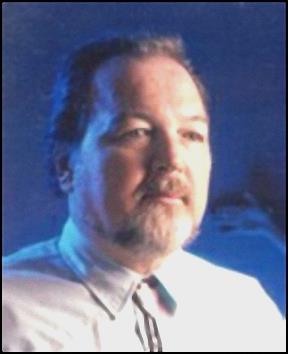

Douglas M. Bryce
Digital Publications
(Each article is entered exactly the way the author created it. We are not responsible for spelling and grammar errors, nor do we necessarily agree with the authors content or opinions. These are offered only as a service to our users for their personal use.)
Even Scientists Don’t Agree
Anywhere that theory goes, disagreement is bound to follow. Any set of facts can be interpreted differently, as the theories of global warning prove.
According to Merriam Webster Dictionary, two of the definitions of the word theory include:
the analysis of a set of facts in their relation to one another; and a plausible or scientifically acceptable general principle or body of principles offered to explain
phenomena.
There are many “facts” about the earth’s atmospheric changes; many scientists believe we are experiencing the start of a warming cycle that could change the
climate so dramatically that humankind would cease to exist.
Other scientists, using the same data, draw vastly different theories: the atmosphere is experiencing a harmless blip in its natural and normal cycle and that humans only minimally affect the amount of CO2 in the atmosphere.
There is vast evidence on both sides of the argument, and there seems to be very little middle ground. Al Gore’s “Inconvenient Truth” and Spencer R. Whert’s
“The Discovery of Global Warming” came to the forefront in warning us about global warming; Fred Singer, former Chief Scientist with the US Weather
Program and Professor Wilfred Beckerman, former member of the Royal Commission on Environmental Pollution are just a few of the scientist who view the data from the opposite angle.
There are innumerable articles, papers and books that support both sides of the global warning issue. The only common ground in these opposing camps seems to be that the data fails to back enough years to be absolutely indisputable, and that, as good as they are, computers cannot model nature.
Anywhere that theory goes, disagreement is bound to follow. Any set of facts can be interpreted differently, as the theories of global warning prove.
According to Merriam Webster Dictionary, two of the definitions of the word theory include:
the analysis of a set of facts in their relation to one another; and a plausible or scientifically acceptable general principle or body of principles offered to explain
phenomena.
There are many “facts” about the earth’s atmospheric changes; many scientists believe we are experiencing the start of a warming cycle that could change the
climate so dramatically that humankind would cease to exist.
Other scientists, using the same data, draw vastly different theories: the atmosphere is experiencing a harmless blip in its natural and normal cycle and that humans only minimally affect the amount of CO2 in the atmosphere.
There is vast evidence on both sides of the argument, and there seems to be very little middle ground. Al Gore’s “Inconvenient Truth” and Spencer R. Whert’s
“The Discovery of Global Warming” came to the forefront in warning us about global warming; Fred Singer, former Chief Scientist with the US Weather
Program and Professor Wilfred Beckerman, former member of the Royal Commission on Environmental Pollution are just a few of the scientist who view the data from the opposite angle.
There are innumerable articles, papers and books that support both sides of the global warning issue. The only common ground in these opposing camps seems to be that the data fails to back enough years to be absolutely indisputable, and that, as good as they are, computers cannot model nature.
Special Offers ! ! !
>> Kindle versions of our eBooks
>> Leather Cleaner for LV Handbags
>> Nuti-Budi Authentic Nut Crackers
>> MoldCoster Calculator for estimating
plastic injection mold costs
More soon >>>
>> Leather Cleaner for LV Handbags
>> Nuti-Budi Authentic Nut Crackers
>> MoldCoster Calculator for estimating
plastic injection mold costs
More soon >>>
Special Offers ! ! !